 Yet another space-elevator-related crowd funding effort has gotten underway, this time on Indiegogo. Whereas the three previous space-elevator-related crowd funding efforts have been fairly modest in their goals ($8K for the initial LiftPort effort, $20K for the Sky Line Documentary and $37K for the Shoot The Moon Documentary), this new effort is trying to raise $1,000,000 – yes, a million dollars!
Yet another space-elevator-related crowd funding effort has gotten underway, this time on Indiegogo. Whereas the three previous space-elevator-related crowd funding efforts have been fairly modest in their goals ($8K for the initial LiftPort effort, $20K for the Sky Line Documentary and $37K for the Shoot The Moon Documentary), this new effort is trying to raise $1,000,000 – yes, a million dollars!
It is called “The Space Elevator: Open Source The Way Up” and, beneath the airy hyperbole, the ‘space elevator tower’ it’s proposing seems to be a variant of Nelson Semino’s concept known as “The SpaceShaft”. The idea behind it is this: when Konstantin Tsiolkovsky originally proposed his tower that reached from the earth to Geostationary orbit (GEO), he was using the Eiffel Tower as a model, an actual building. An earth-to-GEO tower is not possible as there is no material known (or theorized) that is strong enough to handle the weight of such a structure. Of course, this hasn’t stopped some physics-challenged people from proposing one anyway – here is an article describing the recent idea of a “…Bollywood singer and part-time inventor…” for a 160km tall elevator called the ‘Telescopic Exo Shell’. I do plan on putting up a separate blog post showing why this is just not possible.
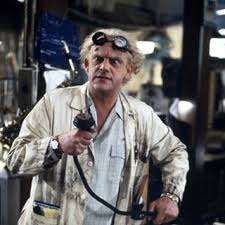 The SpaceShaft attempts to get around this problem by building the tower out of lighter-than-air blocks filled with (in Semino’s case) Helium or (in this Open Source project) Hydrogen. It sounds plausible at first rub, but even a cursory look at the idea starts to reveal problem after problem. For example, system stability. Wind is an issue, a real one. The Space Shaft tries to solve it with a multitude of guy wires, Open Source by “Using sensors around the tower we can detect incoming winds and power the vertical blades to cancel any force that would bend the tower. If the capability of the wind blades is overwhelmed by the wind then magnetic flux interactions at each module connection will further counter act the bending.” The proposal goes on to say that if this is not enough, the units will separate by repelling themselves magnetically and floating away, to be reconnected when things calmed down (presumably with quad-copters as stated in the video). Professor Emmett Brown would be proud…
The SpaceShaft attempts to get around this problem by building the tower out of lighter-than-air blocks filled with (in Semino’s case) Helium or (in this Open Source project) Hydrogen. It sounds plausible at first rub, but even a cursory look at the idea starts to reveal problem after problem. For example, system stability. Wind is an issue, a real one. The Space Shaft tries to solve it with a multitude of guy wires, Open Source by “Using sensors around the tower we can detect incoming winds and power the vertical blades to cancel any force that would bend the tower. If the capability of the wind blades is overwhelmed by the wind then magnetic flux interactions at each module connection will further counter act the bending.” The proposal goes on to say that if this is not enough, the units will separate by repelling themselves magnetically and floating away, to be reconnected when things calmed down (presumably with quad-copters as stated in the video). Professor Emmett Brown would be proud…
Another thing Open Source doesn’t address is the lifting capacity of the hydrogen modules. Open Source wants to power the climbers electromagnetically. If you’re talking about any reasonable sized payload (metric tons, at least), you’re going to need enormous magnets and then some way to power them. According to the Video, the lower quarter of the tower will be wind turbines – will that generate enough power? And they have weight too. All of that has to be supported, plus the Climber & Payload of course. Lots and lots and lots of weight. And, at essentially 1G all the way up (gravity at 50km is 98% of earth-normal). Open Source also says that the tower/tube is ‘evacuated’ That means that there has to be some sort of door and opening/closing mechanism at the top and also means the modules themselves must be reinforced as external air pressure will try to compress them inwards. More weight.
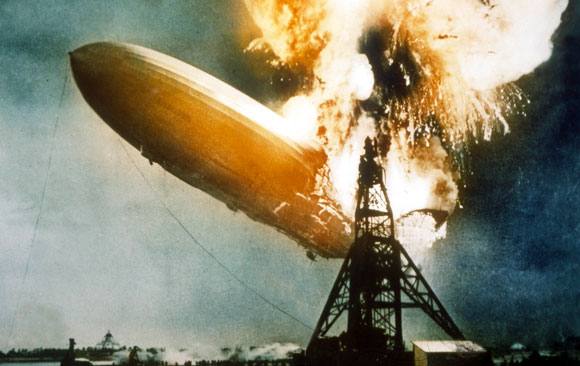 And then, of course, Open Source is proposing a 50km tall tower, filled with hydrogen, subject to lightning strikes and using electricity to power the magnets. What could possibly go wrong?
And then, of course, Open Source is proposing a 50km tall tower, filled with hydrogen, subject to lightning strikes and using electricity to power the magnets. What could possibly go wrong?
I love some of the rewards specified: If you contribute ‘just’ $500, you get ‘2 days above the atmosphere in high quality hotel comfort and restaurant all inclusive‘ – and your safety is guaranteed! And if you contribute $100,000, you get a ‘Carbon Fiber Floating House‘ with ‘free satellite internet for life‘ – such a deal! And you won’t have long to wait. The Hotel is supposed to be ready in December, 2018 and the Floating House in January, 2019. And hey, they accept BitCoin!
I could go on, but I think I’ve made my point and am being generous in saying that this is just a crazy proposal.
To be clear, I’m not knocking Nelson Semino’s SpaceShaft. He’s done a lot of work with this and people I respect think there is some merit to his idea. But this Open Source project is a different animal altogether; trying to raise $1,000,000 based on nothing more than a video and some kumbaya verbiage.
One last problem; the crowd-funding campaigns I’ve participated in are structured so that if the total amount of money pledged by the campaign deadline does not reach the funding goal, pledged funds are returned to the donor. But Open Source is an Indiegogo Flexible Funding campaign – that means that the project will keep all money donated (minus Indiegogo’s 9% cut), regardless of how much is donated. I think I’m very safe in saying that anyone foolish enough to donate to this project is going to be very disappointed…

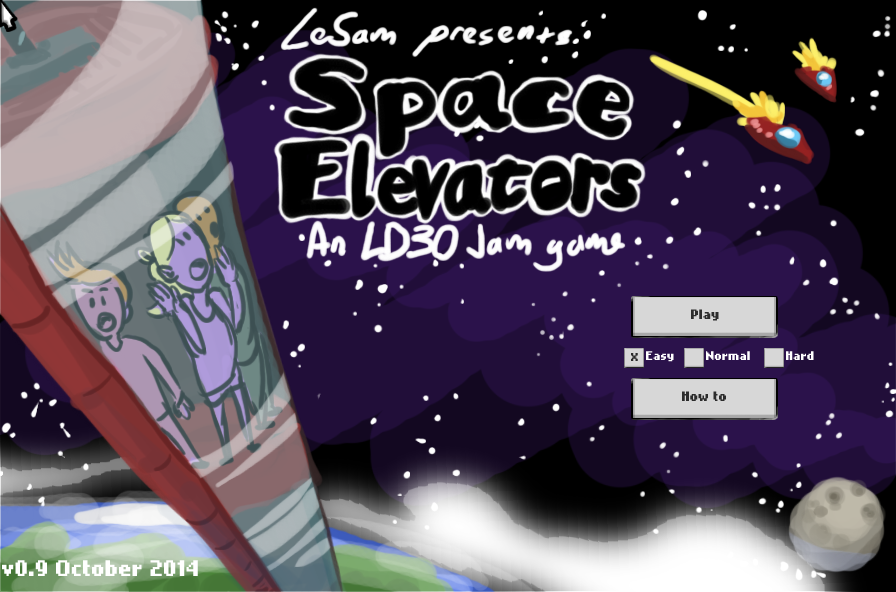
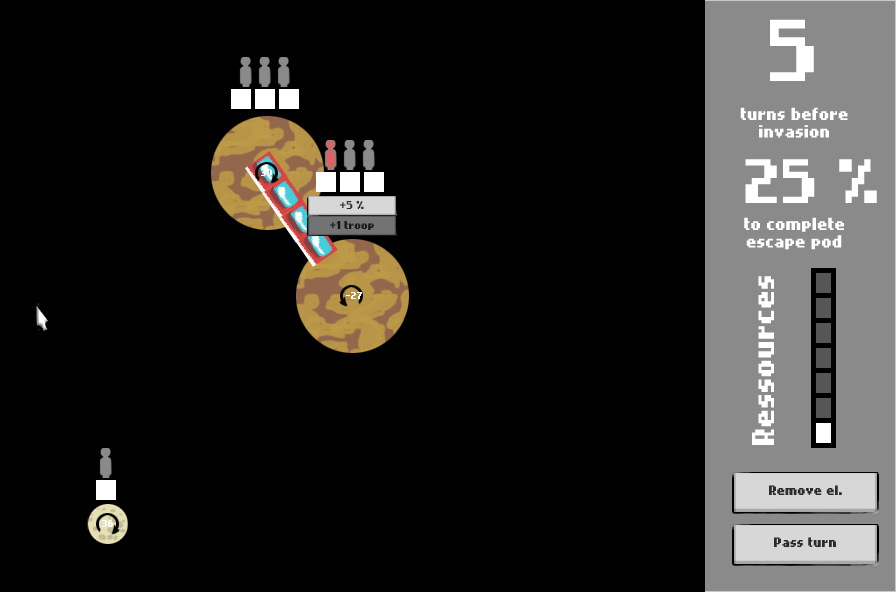
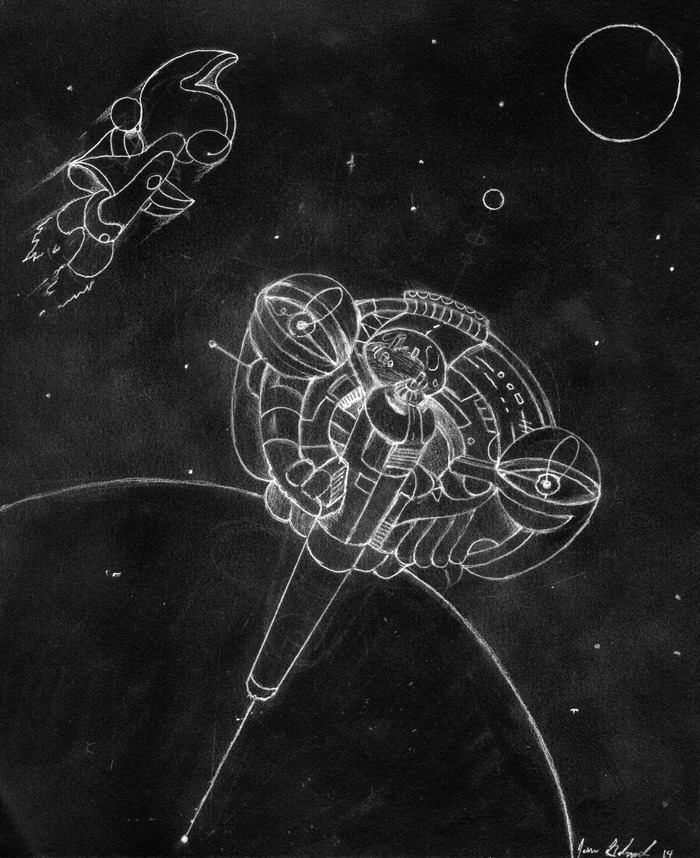
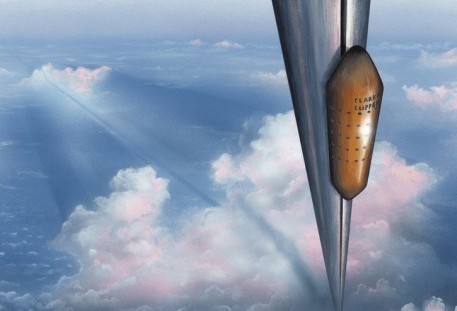

 Now posted on the ISEC website is
Now posted on the ISEC website is 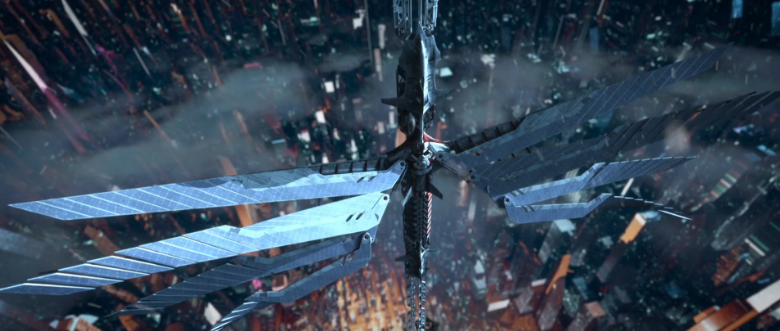 In January of this year, I
In January of this year, I 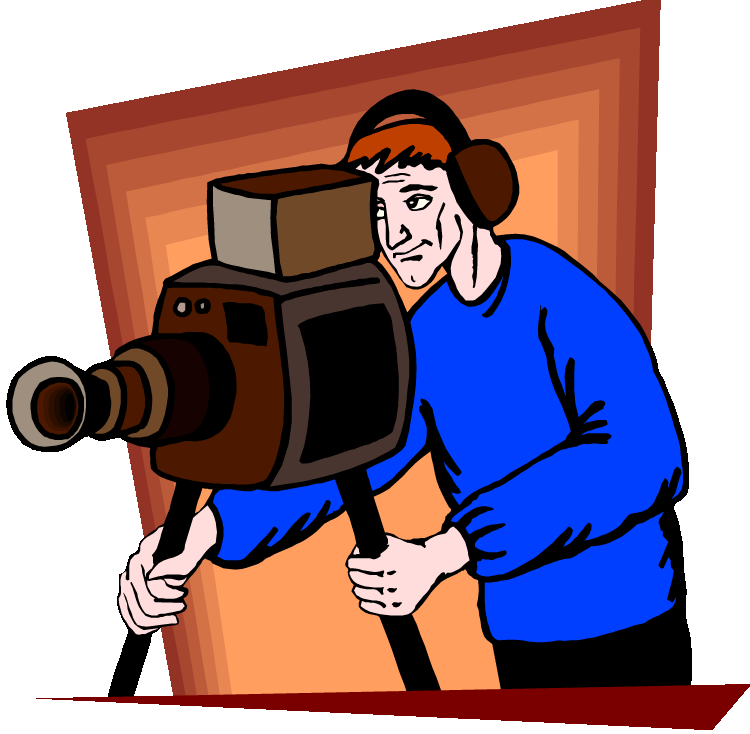 As many of you know, there are currently two Space Elevator documentaries in the works and both of them are hoping to raise enough funds via Kickstarter to help them finalize their project.
As many of you know, there are currently two Space Elevator documentaries in the works and both of them are hoping to raise enough funds via Kickstarter to help them finalize their project.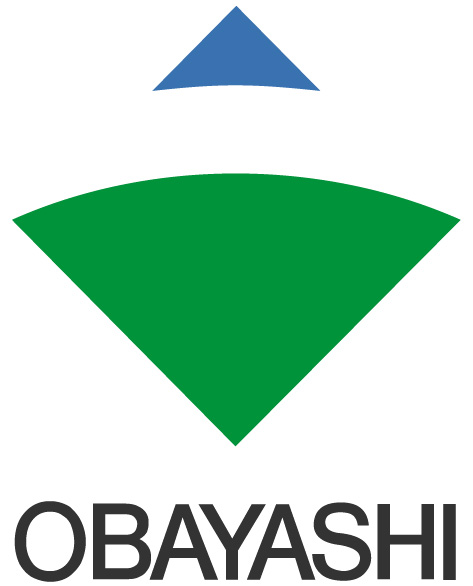 In February of 2012, the Japanese construction company
In February of 2012, the Japanese construction company 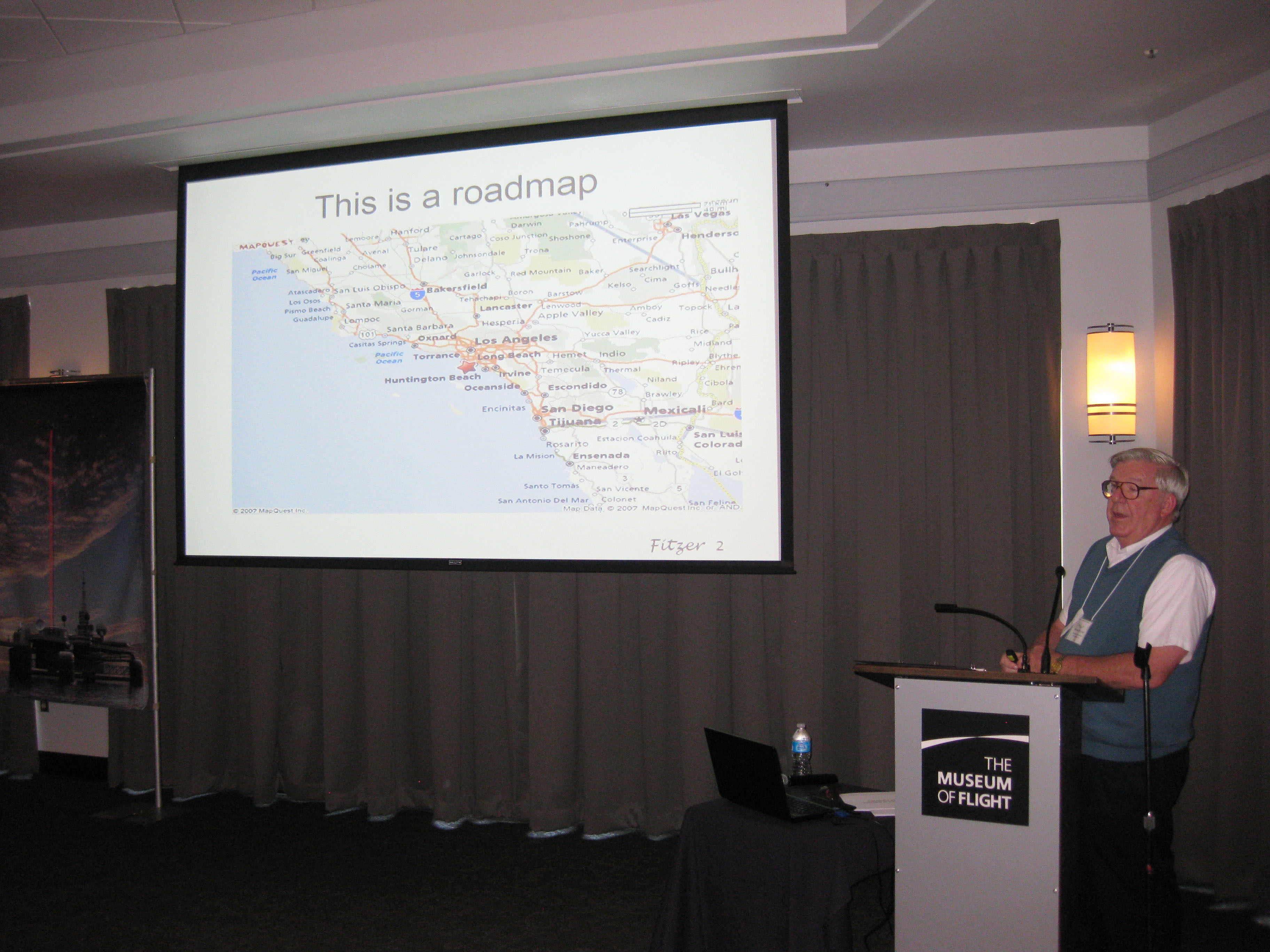

 A Tether project proposed by
A Tether project proposed by 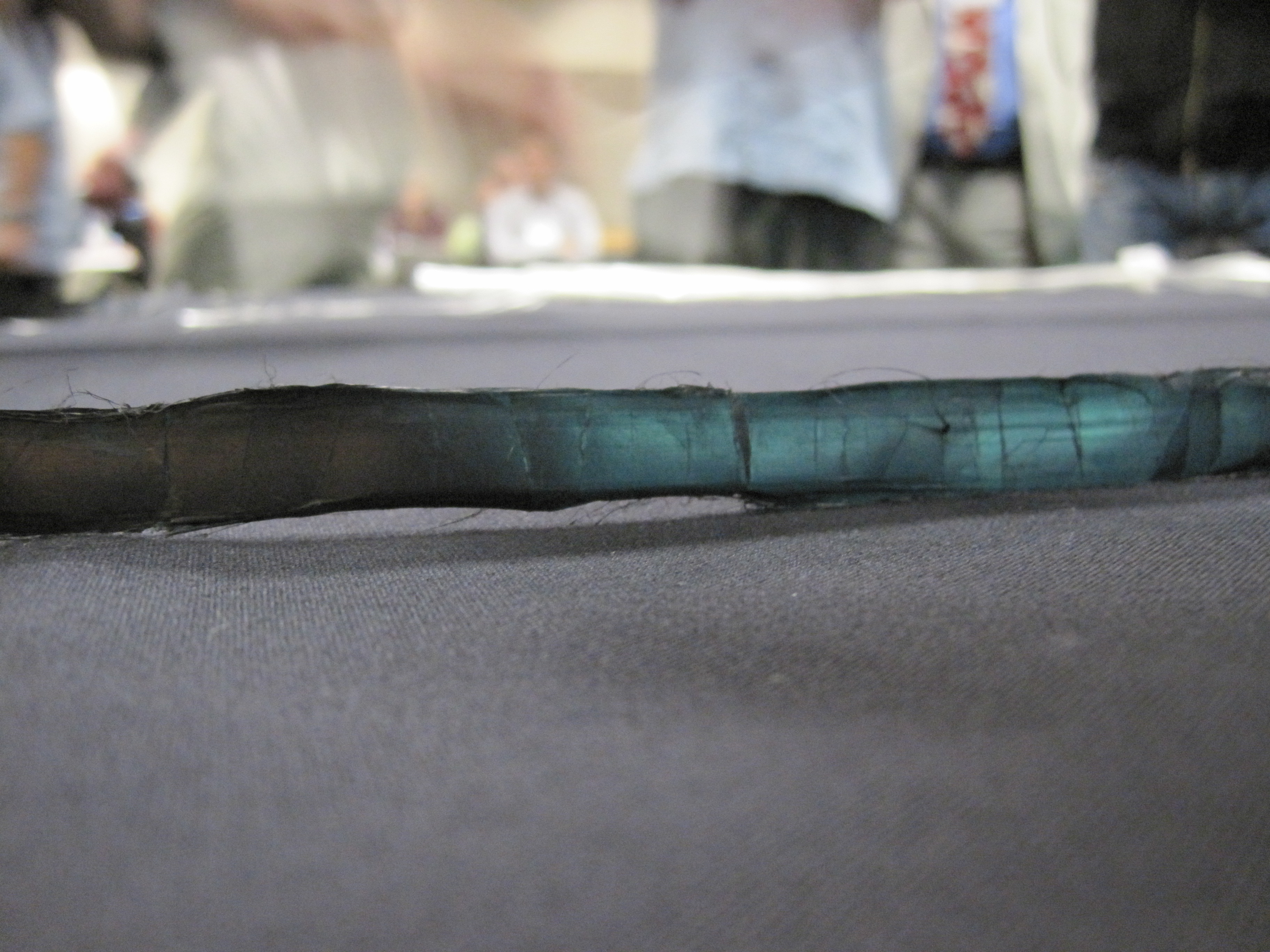


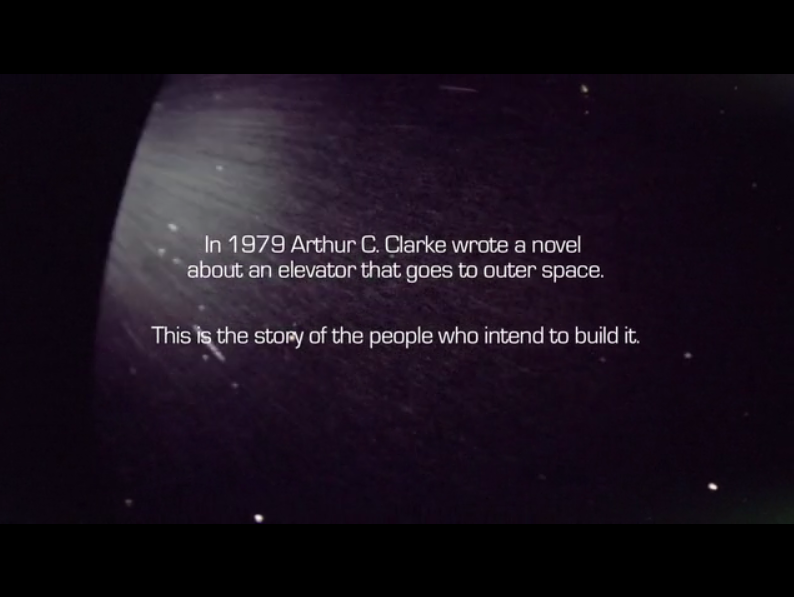 I have blogged earlier about Sky Line, the new Space Elevator Documentary being produced by Going Up! Films and have asked all of you to support their
I have blogged earlier about Sky Line, the new Space Elevator Documentary being produced by Going Up! Films and have asked all of you to support their 
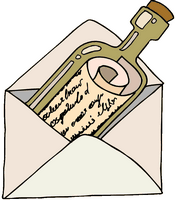 The September, 2014 ISEC eNewsletter has now been published and is available
The September, 2014 ISEC eNewsletter has now been published and is available 
 A new space elevator documentary is being created and it needs your help! The good folks over at Going Up! Films have been following all of the efforts in the space elevator arena for the past several years, interviewing and filming, and they are now ready to finalize the documentary film they are creating.
A new space elevator documentary is being created and it needs your help! The good folks over at Going Up! Films have been following all of the efforts in the space elevator arena for the past several years, interviewing and filming, and they are now ready to finalize the documentary film they are creating.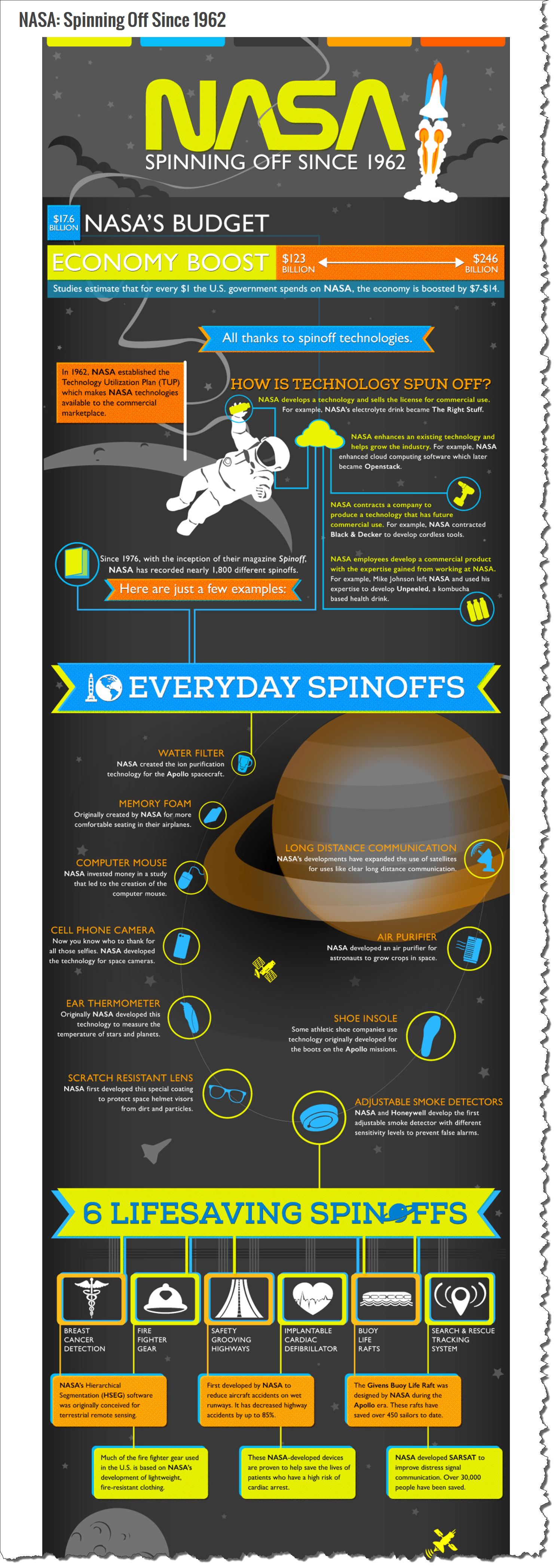
 In the
In the 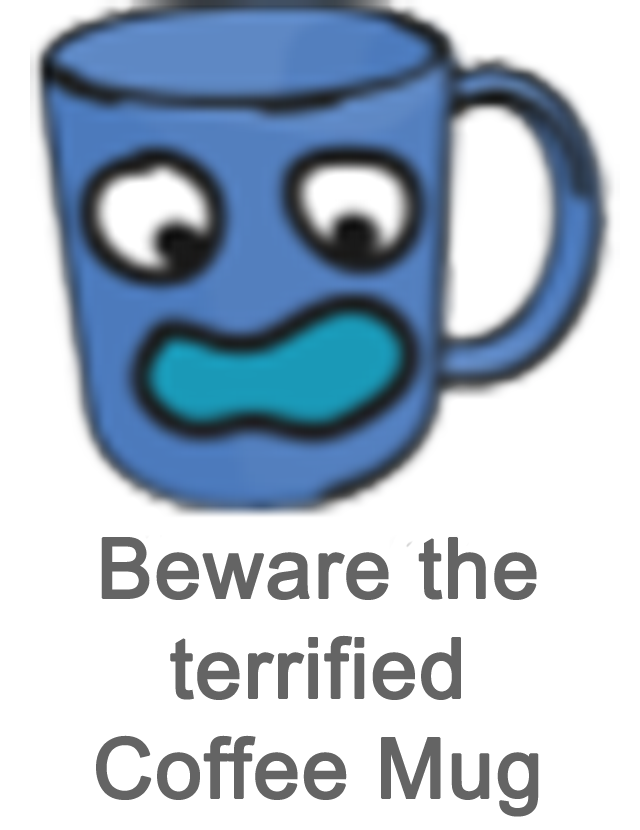 The first graphic shows how a space elevator is “held up” by using the comparison to holding a stick with a rope attached to it and, the other end of the rope attached to some sort of counterweight. Spin the rope about your head (or, in the post’s example, spin your entire body) and, if you’re going fast enough, the rope will stick out straight from you towards the counterweight simulating the appearance of a space elevator. This is a common enough analogy, but does have its flaws. A space elevator is held up by balancing the forces of gravity and centrifugal force but this analogy is only demonstrating the centrifugal force portion. You (or the stick) have taken the place of gravity by holding the “earth-end” of the tether and keeping the counterweight from flying away. But I can’t think of a better way to demonstrate it and it does have the advantage of quickly being able to demonstrate the basic idea. In the graphic though, it shows Geostationary orbit (GEO) much closer to the counterweight than to the earth and the center of mass of the system at GEO (that’s where the arrows in the graphic seem to be pointing to). Using the standard
The first graphic shows how a space elevator is “held up” by using the comparison to holding a stick with a rope attached to it and, the other end of the rope attached to some sort of counterweight. Spin the rope about your head (or, in the post’s example, spin your entire body) and, if you’re going fast enough, the rope will stick out straight from you towards the counterweight simulating the appearance of a space elevator. This is a common enough analogy, but does have its flaws. A space elevator is held up by balancing the forces of gravity and centrifugal force but this analogy is only demonstrating the centrifugal force portion. You (or the stick) have taken the place of gravity by holding the “earth-end” of the tether and keeping the counterweight from flying away. But I can’t think of a better way to demonstrate it and it does have the advantage of quickly being able to demonstrate the basic idea. In the graphic though, it shows Geostationary orbit (GEO) much closer to the counterweight than to the earth and the center of mass of the system at GEO (that’s where the arrows in the graphic seem to be pointing to). Using the standard 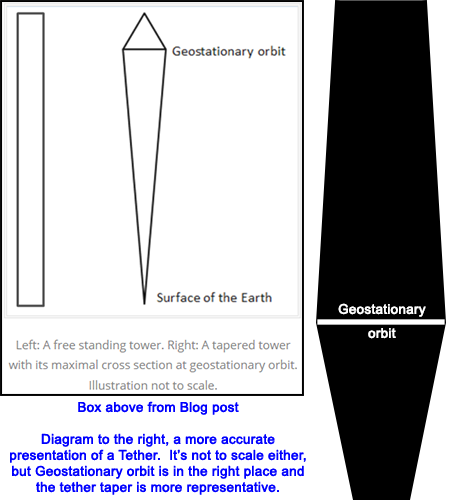
 Some months ago, Dr. Brad Edwards made an appearance at the
Some months ago, Dr. Brad Edwards made an appearance at the 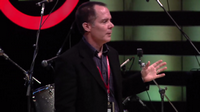 According to his talk, we now have the carbon nanotubes necessary to build a space elevator. Oh, if only that were true. I wish, I wish, I wish… Yes, there have been carbon nanotubes built which are 55 cm long and yes, there have been carbon nanotubes which have tested out at 200 GPa, but not at the
According to his talk, we now have the carbon nanotubes necessary to build a space elevator. Oh, if only that were true. I wish, I wish, I wish… Yes, there have been carbon nanotubes built which are 55 cm long and yes, there have been carbon nanotubes which have tested out at 200 GPa, but not at the 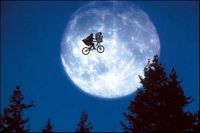 Several weeks ago, I was contacted by the people at
Several weeks ago, I was contacted by the people at 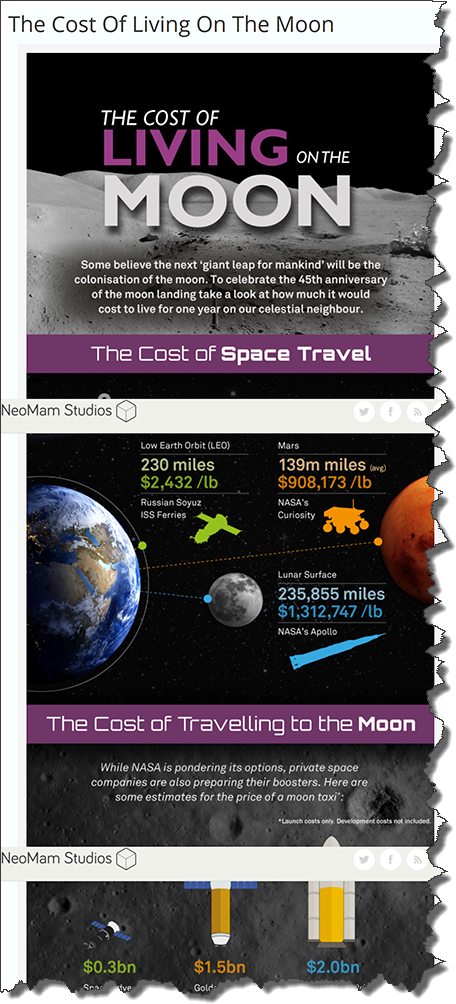

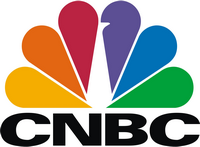 CNBC’s John Schoen
CNBC’s John Schoen 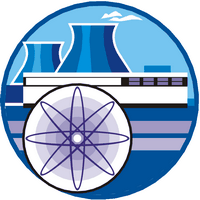 An idea that has been occasionally discussed is to use the space elevator to launch radioactive waste to the sun, a permanent waste disposal plan if there ever was one…
An idea that has been occasionally discussed is to use the space elevator to launch radioactive waste to the sun, a permanent waste disposal plan if there ever was one…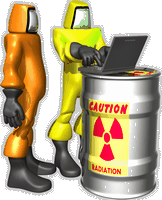 However, “paltry amount” is, as I said, relative, and therein lies the problem, IMHO.
However, “paltry amount” is, as I said, relative, and therein lies the problem, IMHO. Each year, the
Each year, the 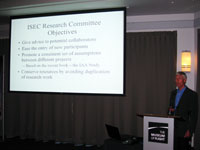

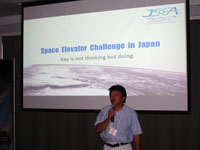

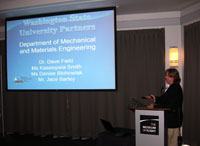
 The afternoon sessions were all technical ones and I think it’s safe to say all attendees learned a lot. It’s hard for me to pick a favorite, but I must comment on the final session of the day, on Weather; how it can be measured, how it can be forecast and what it means for a space elevator. The presenter, Winifred Crawford ended her presentation with the suggestion that we start recruiting a meteorologist (or two) and freely admitted that she was hooked on the concept of the Space Elevator.
The afternoon sessions were all technical ones and I think it’s safe to say all attendees learned a lot. It’s hard for me to pick a favorite, but I must comment on the final session of the day, on Weather; how it can be measured, how it can be forecast and what it means for a space elevator. The presenter, Winifred Crawford ended her presentation with the suggestion that we start recruiting a meteorologist (or two) and freely admitted that she was hooked on the concept of the Space Elevator.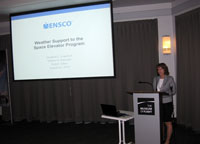
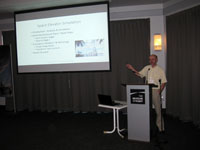




 It’s Friday, August 22nd, 2014 and that means it’s the first day of the 2014
It’s Friday, August 22nd, 2014 and that means it’s the first day of the 2014  I’m bringing all this up because when I left the hotel this morning, riding down in the elevator with me was a young couple and the lady was wearing a Chicago Blackhawks TShirt. I commented to them that “I like your TShirt”. They smiled and asked me if I was from Chicago. When I said I was, they said they were too. I asked them if they were going to watch the Bears-Seahawks game tonight and they said they were actually going – they had tickets! I’m jealous.
I’m bringing all this up because when I left the hotel this morning, riding down in the elevator with me was a young couple and the lady was wearing a Chicago Blackhawks TShirt. I commented to them that “I like your TShirt”. They smiled and asked me if I was from Chicago. When I said I was, they said they were too. I asked them if they were going to watch the Bears-Seahawks game tonight and they said they were actually going – they had tickets! I’m jealous. Science writer Leonard David is going to be attending the upcoming
Science writer Leonard David is going to be attending the upcoming  Registration for the upcoming
Registration for the upcoming 
 The July, 2014 issue of the ISEC eNewsletter is hot off the presses. You can access it
The July, 2014 issue of the ISEC eNewsletter is hot off the presses. You can access it  The second video discusses tall structures built by humans and ends in speculation about building a space elevator. Nice to see that the author/narrator (
The second video discusses tall structures built by humans and ends in speculation about building a space elevator. Nice to see that the author/narrator ( Yes, they take such things very seriously in the Middle East (and, I assume, wherever Muslims live in great numbers). I lived in Saudi Arabia for eight years and, during the times I was in-Kingdom for Ramadan (Eid Al-Fitr) and/or Islamic New Years (Eid al-Adha), I was greatly intrigued by the attention that was paid to this. The newspapers would project the actual clock times these events would begin. For Ramadan, as noted above, it was when the sun set on a certain day. For New Years, it was the first sighting of the new crescent moon during the proper lunar cycle. When this happened for New Years (in Jeddah, at least) a ceremonial cannon would be fired and the person who first sighted the new moon would win a prize. There is a story (probably apocryphal) about someone who happened to walk in front of the ceremonial cannon just as it was set off and was blown to bits. No, I don’t believe it either…
Yes, they take such things very seriously in the Middle East (and, I assume, wherever Muslims live in great numbers). I lived in Saudi Arabia for eight years and, during the times I was in-Kingdom for Ramadan (Eid Al-Fitr) and/or Islamic New Years (Eid al-Adha), I was greatly intrigued by the attention that was paid to this. The newspapers would project the actual clock times these events would begin. For Ramadan, as noted above, it was when the sun set on a certain day. For New Years, it was the first sighting of the new crescent moon during the proper lunar cycle. When this happened for New Years (in Jeddah, at least) a ceremonial cannon would be fired and the person who first sighted the new moon would win a prize. There is a story (probably apocryphal) about someone who happened to walk in front of the ceremonial cannon just as it was set off and was blown to bits. No, I don’t believe it either… Sometimes the simplest ideas are the best. A couple of weeks ago, the Technion Institute in Israel held a Space Elevator competition (I’ve previously posted about this competition
Sometimes the simplest ideas are the best. A couple of weeks ago, the Technion Institute in Israel held a Space Elevator competition (I’ve previously posted about this competition  The latest ISEC eNewsletter is hot off the presses and can be found
The latest ISEC eNewsletter is hot off the presses and can be found  This is cool. The father of the modern-day concept of the space elevator (and a guest at the 2010 ISEC Space Elevator Conference) Yuri Artsutanov, will be one of the judges at a Space Elevator contest being held next Wednesday, June 18th, in Israel.
This is cool. The father of the modern-day concept of the space elevator (and a guest at the 2010 ISEC Space Elevator Conference) Yuri Artsutanov, will be one of the judges at a Space Elevator contest being held next Wednesday, June 18th, in Israel. “
“